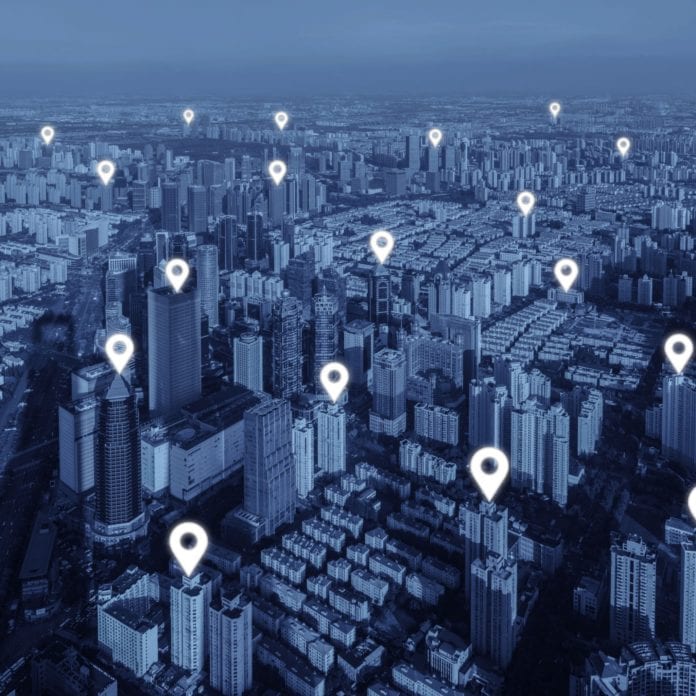‘Enhancement to the 5GC location services’, included in Release 17, aims to provide support for very low latency and very high accuracy positioning
According to the 3GPP, the work item dubbed ‘Enhancement to the 5GC location services’, included in Release 17, aims to provide support for very low latency and very high accuracy positioning, including horizontal and vertical positioning service levels, 5G positioning service area.
During Rel-16, SA2 has studied the “Enhancement to the 5GC Location Services” and agreed on some conclusions. Within the 3GPP Technical Specification Group Service and System Aspects (TSG SA), the main objective of 3GPP TSG SA WG2 (SA2) is to develop the overall 3GPP system architecture and services including User Equipment, Access Network, Core Network, and IP Multimedia Subsystem.
“Some SA1 Rel-16 defined requirements also have not been studied during Rel-16, e.g. very low latency and very high accuracy for IIoT and other applications, positioning service area and positioning service level,” 3GPP said. “In order to enhance 5G System location service to satisfy the above requirements, further work to enhance 5G Location Services should be considered.”
According to the 3GPP, the objective of this work item is to further enhance the 5GC location services architecture and corresponding network functions and procedures to meet the full set of requirements defined in SA1. This includes support of service requirements for IIoT and other use cases and enable MCX UE to use the 5G positioning services to determine its position.
3GPP also noted that solutions in Rel-17 should avoid or minimize impact to Rel-16 5GC LCS architecture, interfaces, network functions (NF), and NF services in 5GC.
According to an article published by Ericsson, Release 17 will also provide enhancements to positioning. NR has supported positioning since Rel-15 through the use of LTE positioning (for non-standalone deployments) and radio-access technology (RAT) independent positioning (Bluetooth, wireless LAN, pressure sensors). Rel-16 introduced time-based positioning methods for NR standalone deployments (multi-round-trip time (RTT), Downlink and Uplink Time Difference of Arrival), as well as an angle-of-arrival and angle-of-departure-based positioning measurements, which can be used in combination with timing-based solutions to achieve higher accuracy.
“In Rel-17, NR positioning is further improved for specific use cases such as factory automation by targeting 20-30cm location accuracy for certain deployments. Rel-17 also introduces further enhancements to latency reduction to enable positioning in time-critical use cases such as remote-control applications,” Ericsson said.
“Aside from high-positioning accuracy, industrial Internet of Things (IIoT) and automotive use cases also demand integrity protection of the location information. From a higher layer point of view, Rel-17 introduces key performance indicators to indicate the reliability/integrity of the measurement report limited to the global navigation satellite system (GNSS) positioning procedure,” the vendor added.

